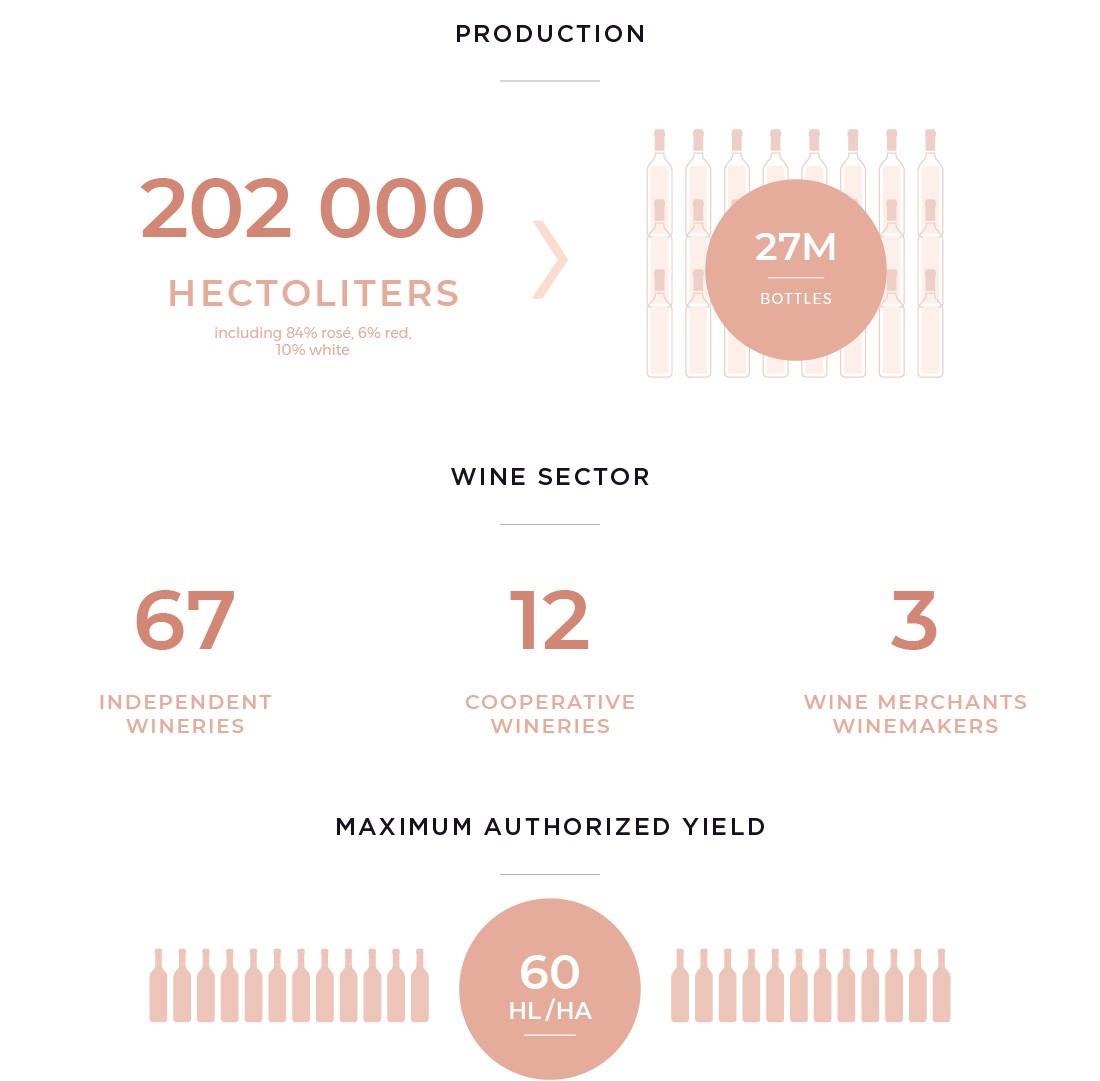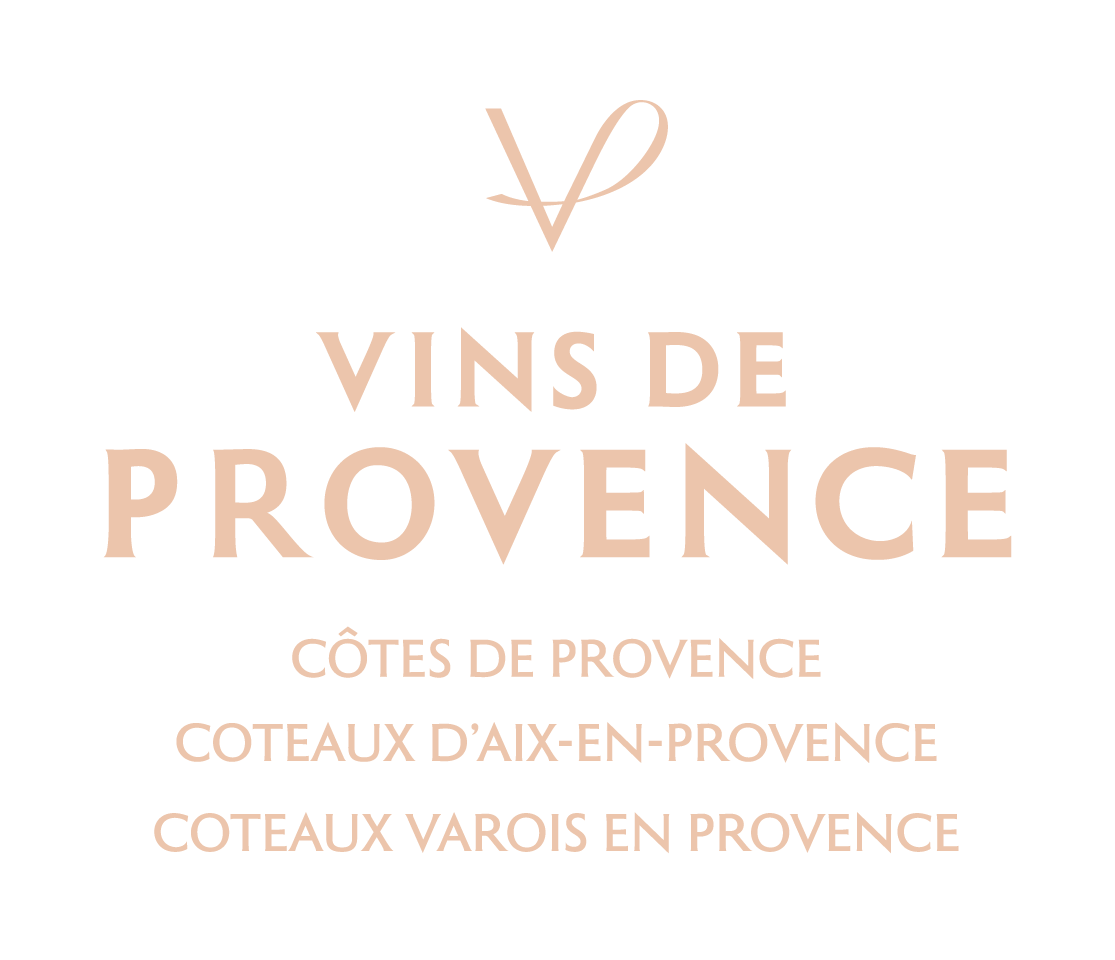Coteaux d'Aix-en-Provence
Area
4 300
Hectares
including 82% organic or HEV



Coteaux d'Aix-en-Provence AOP recognized in
Protection from the mistral
The Mediterranean climate is marked by the Mistral, predominantly cold, dry winds blowing from the North. This gives the appellation an annual average of 2,900 hours of sunshine. The little precipitation that it receives – between 550 and 680 mm each year – primarily falls during spring and autumn.

Varied soils
In this Western part of calcareous Provence, the majority of the soil is:
- Stony clay and limestone;
- Sandy, often gravelly on molasse and sandstone; or
- Stony with a clay or loamy-sand matrix on the terraces of the Arc and the Durance.

Reds and rosés

Grape varieties
Reds and rosés
Main varietals

Additional varietals
Whites

Grape varieties
Whites
Cépage principal

Additional varietals
Tasting notes - 2020 vintage
Coteaux d'Aix-en-Provence Rosés
Shimmering, vibrant, light colours of salmon-pink, peach and lychee with clean pink reflections. Their nose offers up floral and tangy red berry fruit notes followed by intense aromas of citrus and yellow or white-fleshed fruits, occasionally lifted by some sweet spice and seasoning accents. Their palate is ample with a great acid backbone – the complex, fruity rosé wines revolve around an impression of volume and an acidic frame that makes them thirst-quenching and very palatable.

Coteaux d'Aix-en-Provence Reds
The red wines can show robust styles, conducive to ageing, but there is also a noteworthy trend towards easy-drinking, clearly fruity, un-oaked wines, some of which are produced through pre-fermentation cold soaking and short vatting periods.

Coteaux d'Aix-en-Provence Whites
Just like the rosés, the white wines are often fresh and aromatic with very nuanced colours.

